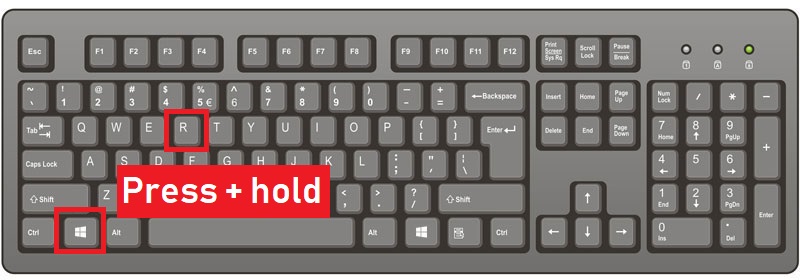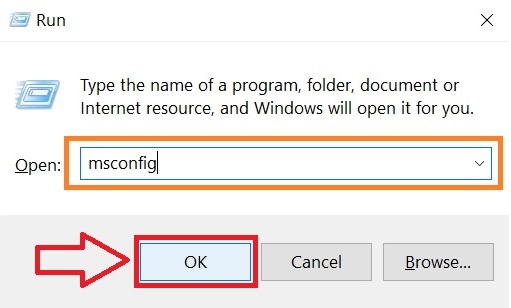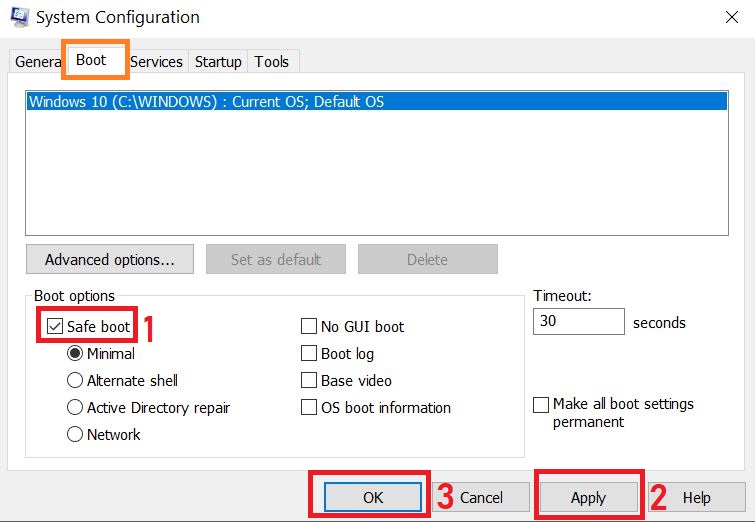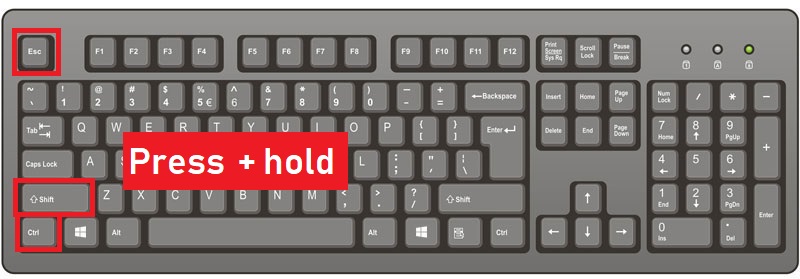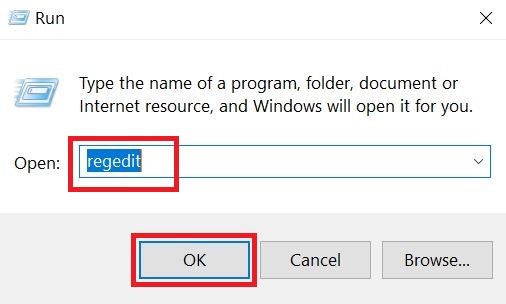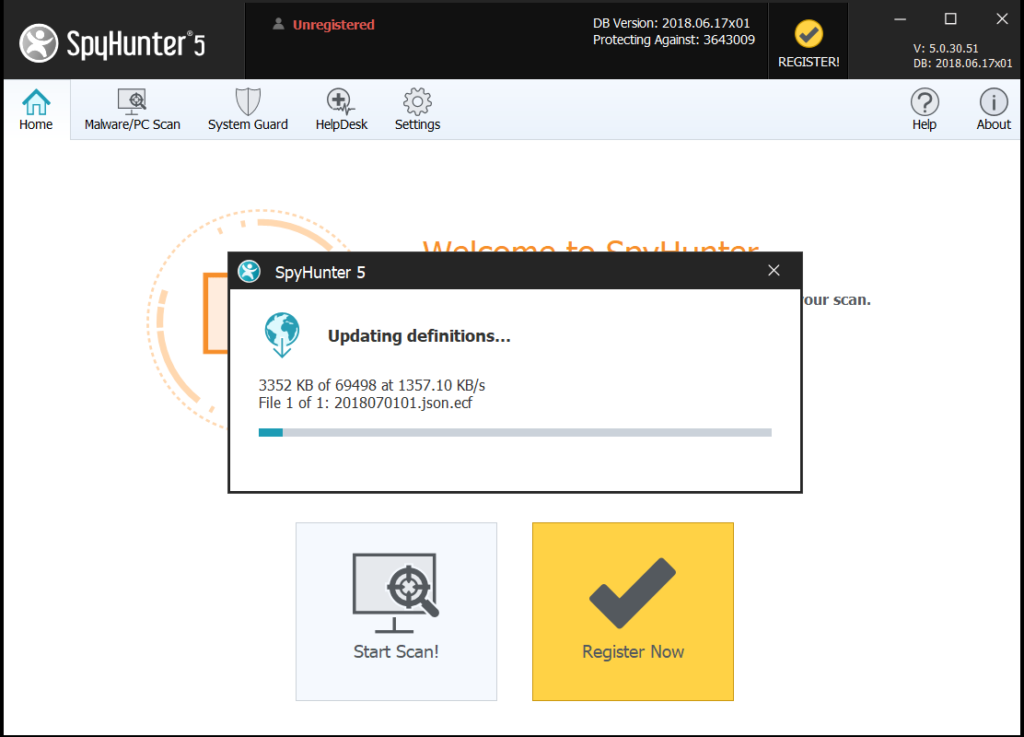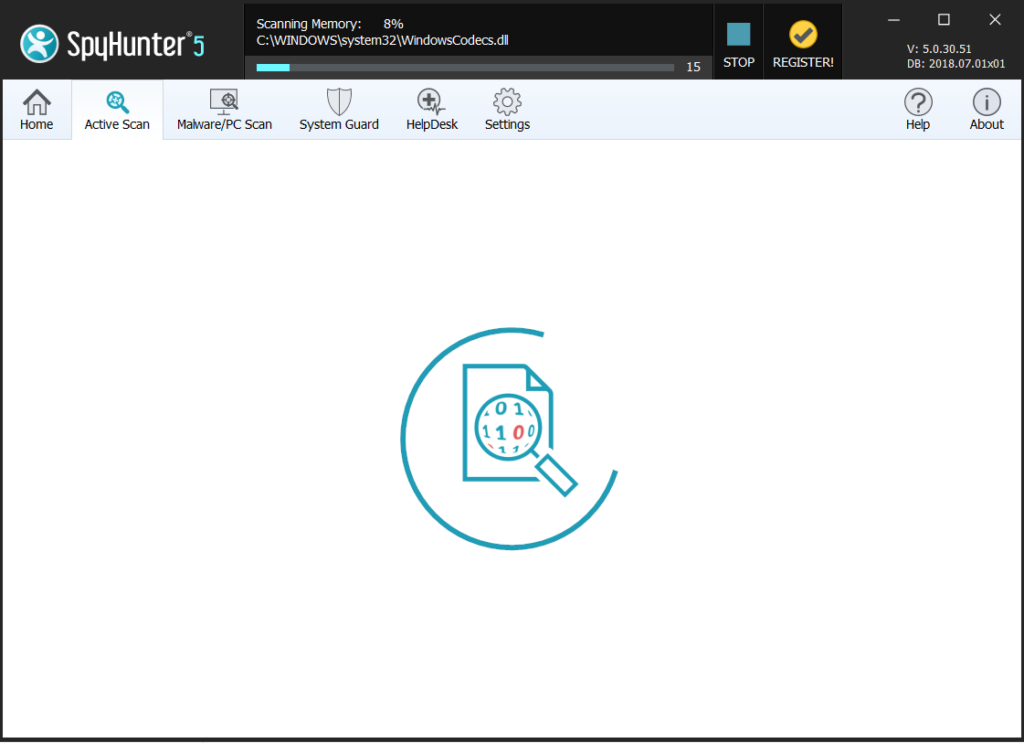 What is a PDF Virus? How viruses infect your computer via PDF? How to detect if a PDF is legitimate or a virus? How to remove a virus, infecting your Mac or PC as a result of a PDF infection file.
What is a PDF Virus? How viruses infect your computer via PDF? How to detect if a PDF is legitimate or a virus? How to remove a virus, infecting your Mac or PC as a result of a PDF infection file.
Since a lot of our readers have complained about viruses that infect their computers via PDF files that are compromised, we have decided to create this removal article to help you understand if you are infected by a PDF virus and learn how to remove it from your Windows or Mac. PDF Viruses cause infection after being opened and they are generally legitimate PDF files, but contain something that is called “Malicious Macros”. These types of Macros aim to redirect you to Microsoft Word document, where the infection is triggered. But they only happen once you click on “Enable Editing” or “Enable Content” button which will appear once you open the PDF virus file. Read this article to learn about the consequences and how you can remove PDF virus from your Windows or Mac.
| Threat Name | PDF Virus |
| Category | Malware. |
| Main Activity | Slithers onto your computer and may steal information from it as well as perform series of malicious activities on it. |
| Signs of Presence | Slow PC, changed settings, error messages, suspicious PC behaviour. Logins from unknown sources on your online accounts. |
| Spread | Via malicious e-mail spam and set of infection tools. |
| Detection+Removal | DOWNLOAD REMOVAL TOOL FOR PDF Virus
Note!For Mac users, please use the following instructions. |
What Harm Can PDF Virus Do to My PC or MAc?
In this digital age, viruses can be very significant not only to your computer, but to you as well. Since most users keep their important files on computers, all of their crucial information becomes at risk. This means that your personal ID number or other financial data that you may have used on a computer infected by PDF Virus can be compromised and used for malicious purposes. This is the primary reason why this threat should be dealt with immediately.
The reason why viruses, like the PDF Virus are a significant threat, is that it has multiple different malicious functions that are utilised on your computer. The features of a virus may vary, depending on what type it is, but it is safe to assume that the PDF Virus can do the following on your PC:
- Steal the passwords from the computer and obtain the keystrokes from it via Keyloggers.
- Destroy data on your computer, like delete files. This may even result in damaging your Windows.
- Remotely monitor your activity. This means that whatever you do and see on your screen, the hacker who infected you can also see.
- Disable your Windows operating system via a DDoS attack (Denial of Service).
- Use your system’s resources (CPU and Video Card) to mine cryptocurrencies, like BitCoin.
- Harvest system data and login information automatically from your web browsers.
- Install other viruses on your computer which may cause even more damage.
- Display fake tech support screens that can lure you into a scam.
How to Spot and Fully Eliminate the PDF Virus?
The primary method which you can use to detect a virus is to analyse hidden processes on your computer. This is achievable by downloading process monitoring apps, like Process Explorer. However, you will have to have a trained eye on how to detect the malicious processes and how to remove those without damaging your computer. This is why, as a swift solution, a malware-specific removal tool should be used, according to security experts. Such removal software will automatically scan for malware like PDF Virus and get rid of them quickly and safely while protecting your computer against threats in the fut
Instructions for Windows
Preparation before removal of PDF Virus:
1.Make sure to backup your files.
2.Make sure to have this instructions page always open so that you can follow the steps.
3.Be patient as the removal may take some time.
Step 1: Reboot your computer in Safe Mode:
Step 2: Cut out PDF Virus in Task Manager

Step 3: Eliminate PDF Virus‘s Malicious Registries.
For most Windows variants:

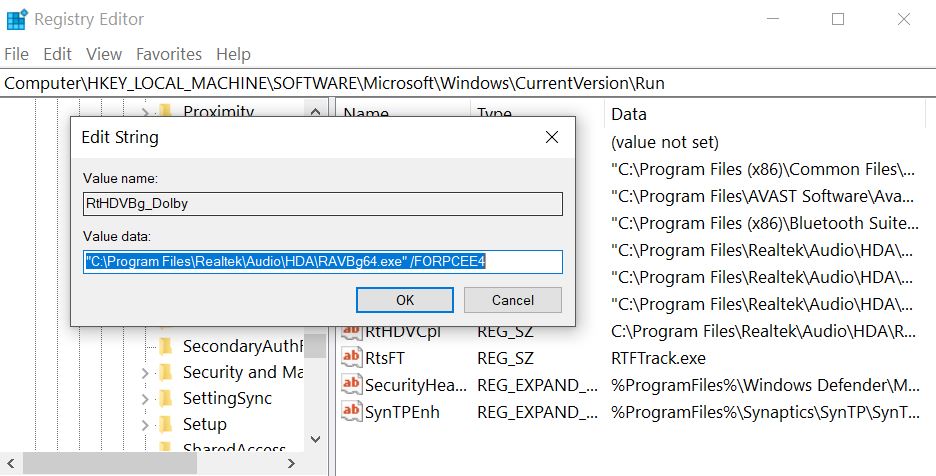
Step 4: Scan for and remove all virus files, related to PDF Virus and secure your system.
If you are in Safe Mode, boot back into normal mode and follow the steps below
It is advisable to run a free scan before committing to the full version. You should make sure that the malware is detected by SpyHunter first.
Step 5:Recover files encrypted by the PDF Virus Ransomware.
Method 1: Using Shadow Explorer. In case you have enabled File history on your Windows Machine one thing you can do is to use Shadow Explorer to get your files back. Unfortunately some ransomware viruses may delete those shadow volume copies with an administrative command to prevent you from doing just that.
Method 2: If you try to decrypt your files using third-party decryption tools. There are many antivirus providers who have decrypted multiple ransomware viruses the last couple of years and posted decryptors for them. Chances are if your ransomware virus uses the same encryption code used by a decryptable virus, you may get the files back. However, this is also not a guarantee, so you might want to try this method with copies of the original encrypted files, because if a third-party program tampers with their encrypted structure, they may be damaged permanently. Most of the currently available decryptors for ransomware viruses can be seen if you visit the NoMoreRansom project – a project that is the result of combined efforts of researchers worldwide to create decryption software for all ransomware viruses. Simply go there by clicking on the following LINK and find your ransomware version decrypter and try it, but always remember to do a BACKUP first.
Method 3: Using Data Recovery tools. This method is suggested by multiple experts in the field. It can be used to scan your hard drive’s sectors and hence scramble the encrypted files anew as if they were deleted. Most ransomware viruses usually delete a file and create an encrypted copy to prevent such programs for restoring the files, but not all are this sophisticated. So you may have a chance of restoring some of your files with this method. Here are several data recovery programs which you can try and restore at least some of your files:
Instructions for Mac
Note! PDF Virus could remain on your Mac if you are not careful during removal. We recommend that you download and run a scan with SpyHunter for Mac now to professionally clean up your Mac in now just in 5 minutes..
Preparation Before Removing PDF Virus
1.Make sure to backup your files.
2.Make sure to have this instructions page always open so that you can follow the steps.
3.Be patient as the removal may take some time.
Step 1: Uninstall PDF Virus from Your Mac:
Step 2: Remove PDF Virus from Your Web Browsers.
- Open Chrome and click on the drop-down menu at the top-right corner.
- From the menu open “Tools” and click on “Extensions”.
- Find any PDF Virus – related add-ons and extensions and click on the garbage icon to remove them.
- Open Firefox and select the top-right menu.
- From it, click on “Add-ons” setting.
- Click on the suspicious extension and click “Remove”.
- Restart Firefox.
- Start Safari.
- Click on the Safari drop-down menu on top-right.
- From the drop-down menu, click Preferences.
- Click on “Uninstall” and accept any prompts.
Step 3:Run a free scan now to remove PDF Virus files and objects from your Mac.
According to security professionals, the best way to effectively secure your Mac against threats such as PDF Virus is to scan it with an advanced cleaner software. SpyHunter for Mac has the professional capabilities of detecting all threats and remove them from your Mac safe and fast.

